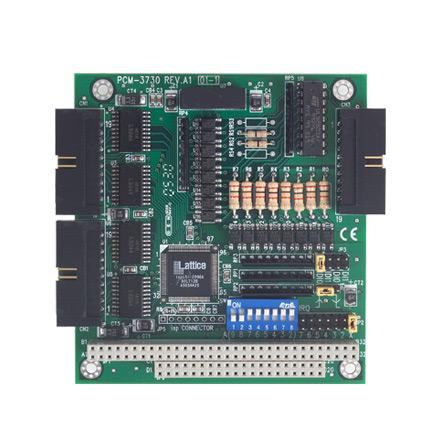

Low-E Glass Installation A Comprehensive Guide
Low-E (low emissivity) glass is a popular choice in modern construction, renowned for its ability to improve energy efficiency while providing comfort and aesthetics. This type of glass has a special coating that reflects infrared light while allowing visible light to pass through. As a result, it helps keep indoor spaces warmer in the winter and cooler in the summer. Installing Low-E glass is a process that requires careful planning and execution to maximize its benefits. Here’s how to effectively install Low-E glass.
1. Preparation
Before starting the installation, assess the area where the Low-E glass will be used. Measure the windows precisely to ensure that the glass panes fit snugly without gaps. Make sure you have the appropriate tools on hand, which may include a glass cutter, silicone sealant, safety gloves, and protective eyewear. Review any manufacturer guidelines specific to the Low-E glass product you are installing, as installation techniques can vary.
2. Choosing the Right Glass
Low-E glass comes in various types, such as double-glazed, triple-glazed, and different levels of performance based on the specific coatings used. Depending on your climate and home requirements, select the appropriate type. Consult with a glass specialist or energy expert to help make an informed choice that aligns with your energy efficiency goals.
3. Removal of Old Glass
If you are replacing existing windows, carefully remove the old glass without damaging the frame. This may involve prying off any window stops and gently pushing out the old pane. Take care to handle the broken glass with caution, and dispose of it properly.

4. Installation of Low-E Glass
Before installing the Low-E glass, clean the window frame thoroughly. Any debris or old caulking can affect the seal and integrity of the installation. Apply a bead of silicone sealant around the frame to create a weather-tight seal. Carefully place the Low-E glass pane into the frame, ensuring it is aligned correctly. Press down firmly to adhere to the sealant.
5. Securing the Glass
Once the glass is in place, re-install the window stops to secure it. This may involve nailing or screwing them back into place. Ensure there are no gaps between the glass and stops, as this can allow air leakage. You may also want to add additional silicone sealant around the edges for further insulation.
6. Final Checks
After installation, inspect the window for any signs of gaps or imperfections. Check for smooth operation; the window should open and close easily. Finally, clean the surface of the Low-E glass with a soft cloth to remove any fingerprints or dirt accumulated during installation.
Conclusion
Installing Low-E glass is a rewarding project that can significantly enhance the energy efficiency and comfort of your home. With proper preparation, careful execution, and attention to detail, you can achieve a successful installation. Enjoy the benefits of lower energy bills and a more sustainable living environment!